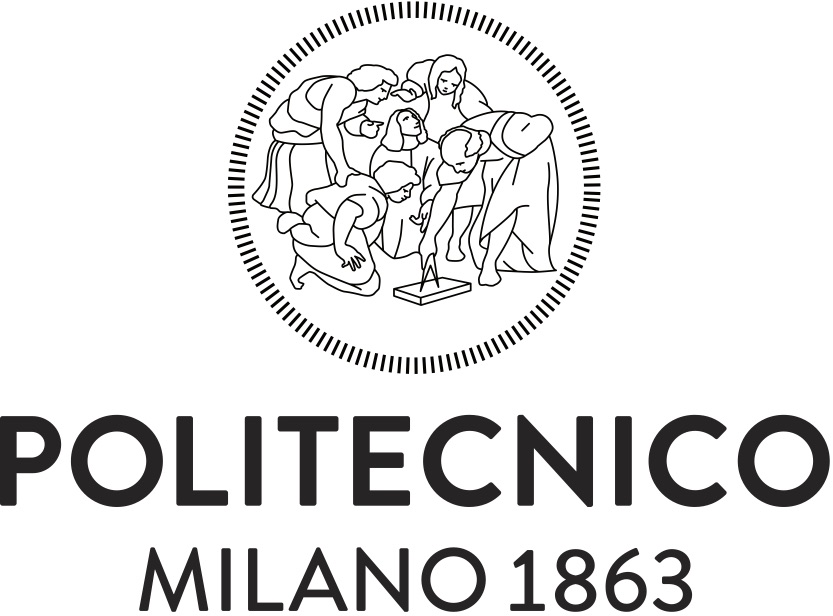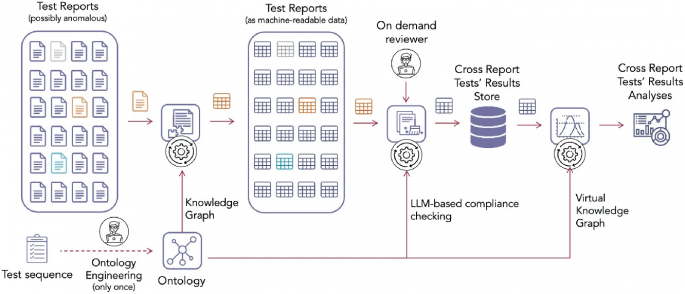Our recent research on the role of individuals who do not comply with public health safety measures in epidemic context has been published in the Proceedings of the Royal Society A. The study shows how risky behaviours in case of pandemic and epidemic settings can undermine public health interventions. This is particularly relevant in urban … Continue reading A data-driven analysis of the impact of non-compliant individuals on epidemic diffusion in urban settings
Blog
A Graph-based RAG for Energy Efficiency Question Answering
In this work, we investigate the use of Large Language Models (LLMs) within a Graph-based Retrieval Augmented Generation (RAG) architecture for Energy Efficiency (EE) Question Answering.First, the system automatically extracts a Knowledge Graph (KG) from guidance and regulatory documents in the energy field. Then, the generated graph is navigated and reasoned upon to provide users … Continue reading A Graph-based RAG for Energy Efficiency Question Answering
Integrating Large Language Models and Knowledge Graphs for Extraction and Validation of Textual Data
Large manufacturing companies in mission-critical sectors like aerospace, healthcare, and defense, typically design, develop, integrate, verify, and validate products characterized by high complexity and low volume. They carefully document all phases for each product but analyses across products are challenging due to the heterogeneity and unstructured nature of the data in documents. In our research, … Continue reading Integrating Large Language Models and Knowledge Graphs for Extraction and Validation of Textual Data
Interpretable Network Visualizations: A Human-in-the-Loop Approach for Post-hoc Explainability of CNN-based Image Classification
Transparency and explainability in image classification are essential for establishing trust in machine learning models and detecting biases and errors. State-of-the-art explainability methods generate saliency maps to show where a specific class is identified, without providing a detailed explanation of the model's decision process. Striving to address such a need, we introduce a post-hoc method … Continue reading Interpretable Network Visualizations: A Human-in-the-Loop Approach for Post-hoc Explainability of CNN-based Image Classification
Unveiling Human-AI Interaction and Subjective Perceptions About Artificial Intelligent Agents
We developed a research that focuses on human-AI interactions, employing a crowd-based methodology to collect and assess the reactions and perceptions of a human audience to a dialogue between a human and an artificial intelligent agent. The study is conducted through a live streaming platform where human streamers broadcast interviews to a custom-made GPT voice … Continue reading Unveiling Human-AI Interaction and Subjective Perceptions About Artificial Intelligent Agents
Policy Sandboxing: Empathy As An Enabler Towards Inclusive Policy-Making
Digitally-supported participatory methods are often used in policy-making to develop inclusive policies by collecting and integrating citizen's opinions. However, these methods fail to capture the complexity and nuances in citizen's needs, i.e., citizens are generally unaware of other's needs, perspectives, and experiences. Consequently, policies developed with this underlying gap tend to overlook the alignment of … Continue reading Policy Sandboxing: Empathy As An Enabler Towards Inclusive Policy-Making
Discovering Hidden Communication Patterns and Informal Organization in Companies through Graph Analysis
In this study, we present a comprehensive framework for capturing, processing, and analyzing large-scale digital communication data to uncover hidden informal communication patterns within a real-world corporate environment. We run our study on a unique dataset of 40.425.247 email messages exchanged within a banking company, spanning a two-year period. Based on this information, we construct … Continue reading Discovering Hidden Communication Patterns and Informal Organization in Companies through Graph Analysis
M.Sc. Thesis Topics and Proposals at Polimi Data Science Lab – 2023/24
Within the context of our Data Science Lab and research team, we offer a variety of thesis options. Check them out in these slide decks: https://www.slideshare.net/slideshow/embed_code/key/44O3NXu3iERiyS?hostedIn=slideshare&page=upload https://www.slideshare.net/slideshow/embed_code/key/xg4X4dr14ySsWt?hostedIn=slideshare&page=upload
Hierarchical Transformers for User Semantic Similarity.
We discuss the use of hierarchical transformers for user semantic similarity in the context of analyzing users' behavior and profiling social media users. The objectives of the research include finding the best model for computing semantic user similarity, exploring the use of transformer-based models, and evaluating whether the embeddings reflect the desired similarity concept and can be used for other tasks.
Online courses on Data, Policies, and COVID-19
Five online courses (MOOCs) that collect technical and policy solutions to pandemic challenges have been published on Coursera








